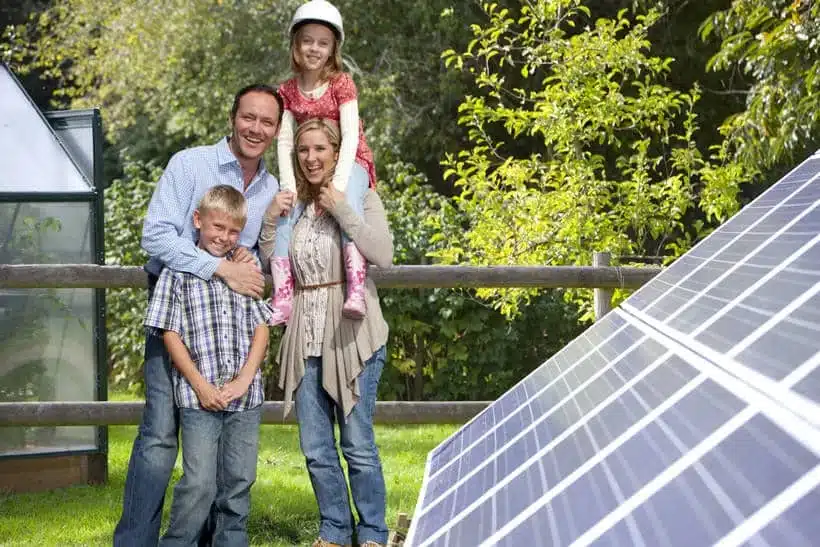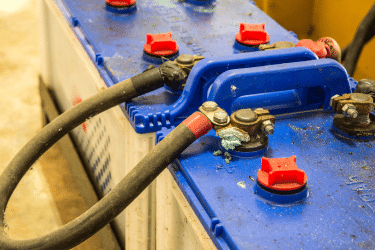What is a grid-tied solar system?
A grid-tied electrical system, also called tied to grid or grid tie system, is a semi-autonomous electrical generation or grid energy storage system which links to the mains to feed excess capacity back to the local mains known as the electrical grid.
Grid-tied systems are popular as they allow the homeowner to use any electrical energy produced, without incurring costs from the electrical grid.
Just Think About It!
A grid-tied system MUST shut down any power feeding back to the grid in the event of a power outage.
Outages are often due to down lines; workers must physically handle these conductors during the repair. Feeding back any power from your home will result in danger to the lineman’s life.
The inverters used in most grid-tied systems are incompatible with a totally off-grid system, so if you’re planning to eventually move right off the grid and be self-sufficient then educate yourself on what you’re buying as a home system.
Grid-tied solar systems rarely use batteries as they can’t produce power during a power outage. Well, almost there is one type of grid-tied system that does.
Are all grid-tied inverters the same?
There are three (3) basic types of inverters available for the DIY homeowner. It is essential that you understand the advantages and disadvantages of each before you commit to a purchase.

Micro Inverters
These inverters are installed directly under the solar panels. They mount to the same railing as the solar panels and are tied together in a plug-and-play cable system. Each inverter allows one or 2 panels to plug directly into the inverter.
The inverters in turn plug into a cable feeding the homeowner’s electrical panel box. Microinverters convert the solar panel voltage into household voltage and deliver this power directly in the form of power the homeowner receives from the power grid.
The homeowner will use their locally produced energy, first before the power grid energy. Any energy produced from the solar panels not used in the home will be sent out onto the power grid.

String Inverters
String inverters are designed to use power from up to 10 solar panels in a long loop. The string inverters then turn solar-produced energy into household energy and connect directly to the home electrical panel.
Solar panels in string inverter configuration can easily produce over 500 volts in bright sunlight. This high voltage is sent from the solar array to the location of the inverter/s, where it is then converted into household voltages.
Homeowners need to be aware of the high voltages present. Once again, any excess energy not used by the home is sent out on the power grid.

Hybrid Inverters
These inverters can act as both a grid-tied and off-grid system. These inverters are the most versatile of all the grid-tied inverters available.
The energy produced from the solar panels is converted directly to battery voltages. The solar panels maintain a full charge on the batteries, then any excess electrical energy if not needed in the home, is sent to the grid.
There are several advantages to the hybrid system.
The electrical circuits in the home panel box can be re-wired into an emergency panel, which keeps essential home circuits functioning in the case of a power grid outage. Normally homeowners have furnaces, lights, refrigerators, freezers, water pumps, etc. as essential.
Another great advantage is for homeowners on the smart meters. Something called peak shave. This feature allows the battery energy to be converted to household power to supplement the grid preventing the energy peak not to exceed the allowable peak usage.

What You Need To Know
Homeowners will receive just the basic systems components from SOLARWYSE. As a homeowner you must understand all the local electrical codes, if additional components are required then these can be ordered or obtained locally.
- Some fire insurance companies will not allow roof installation.
- Some cities have stricter codes than others and may not allow grid-tied.
- An electrical disconnect called a birdhouse, is often required.
SOLARWYSE can supply if requested.
Looking for a custom solar package?
Feel free to reach out to us by filling out a quick and easy survey.